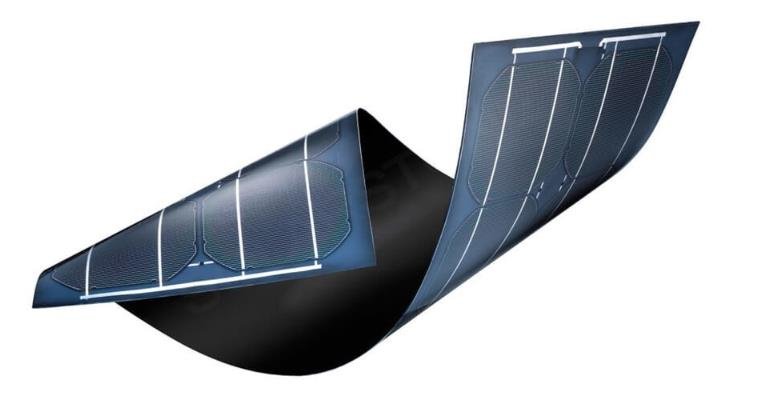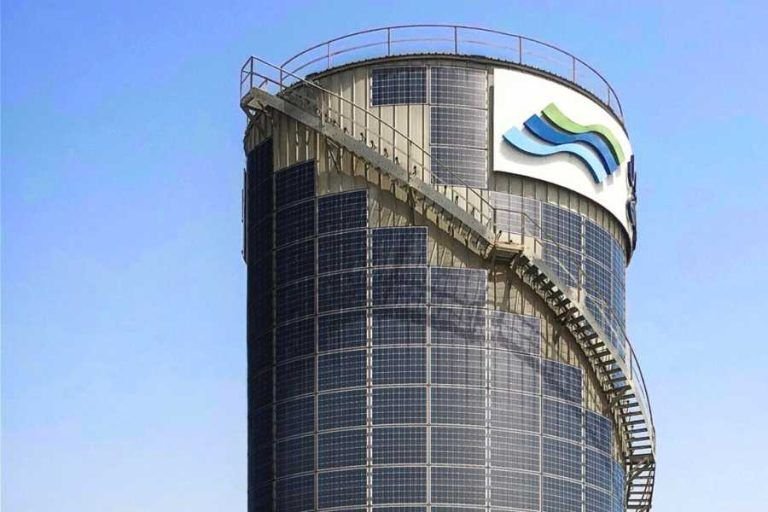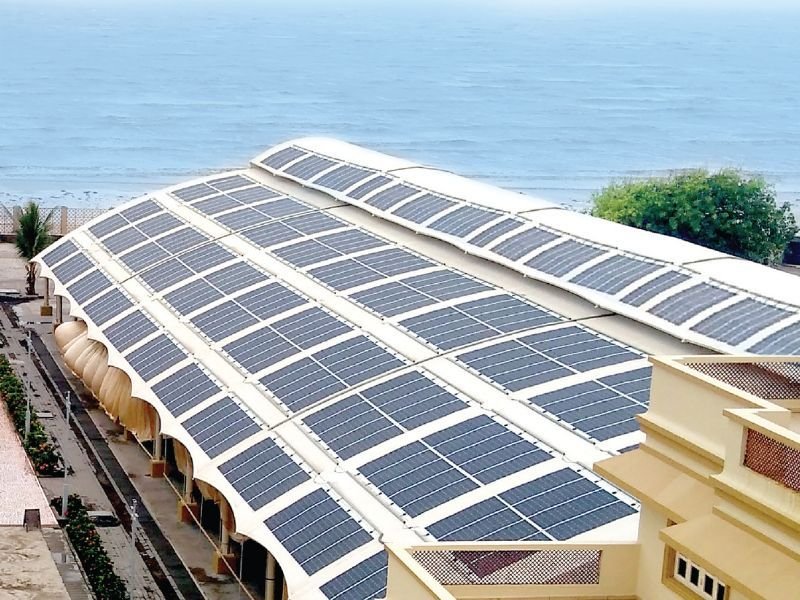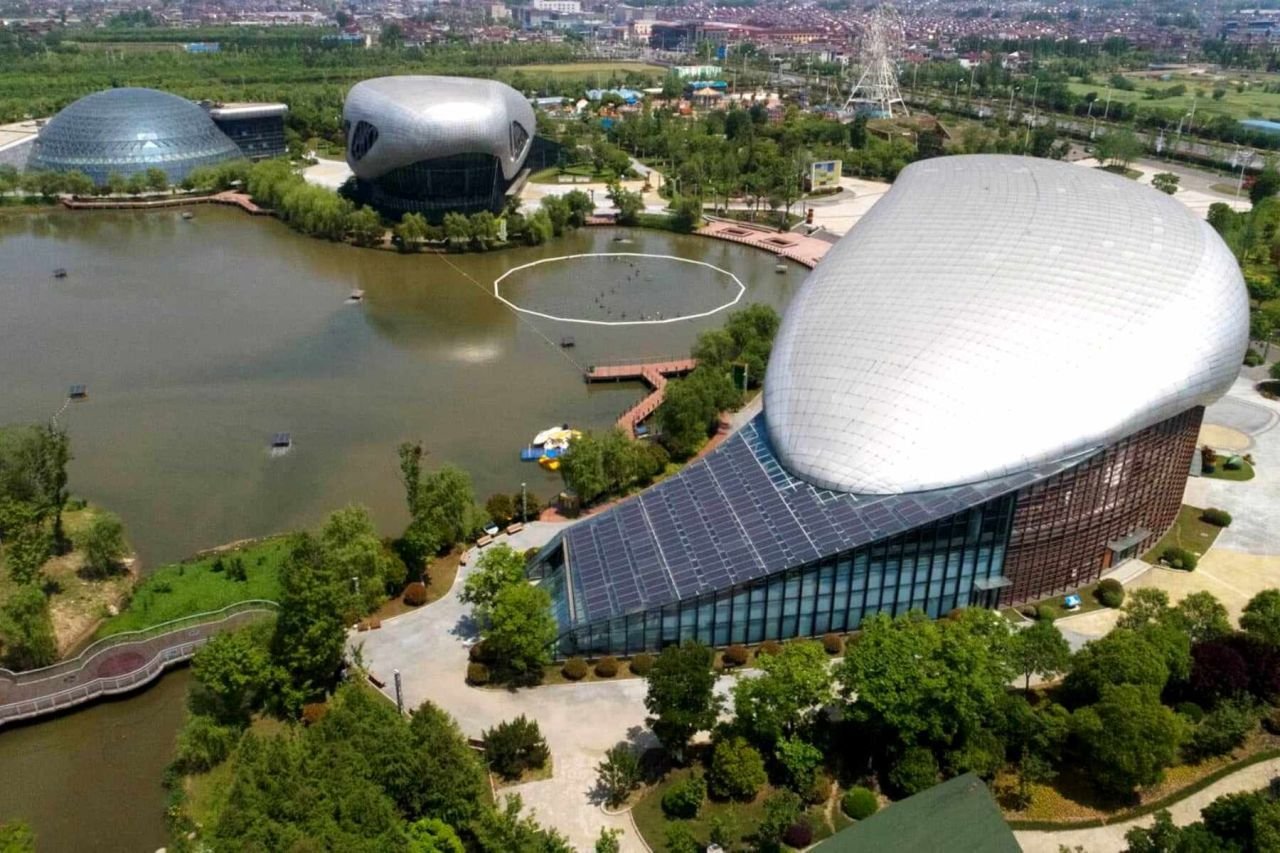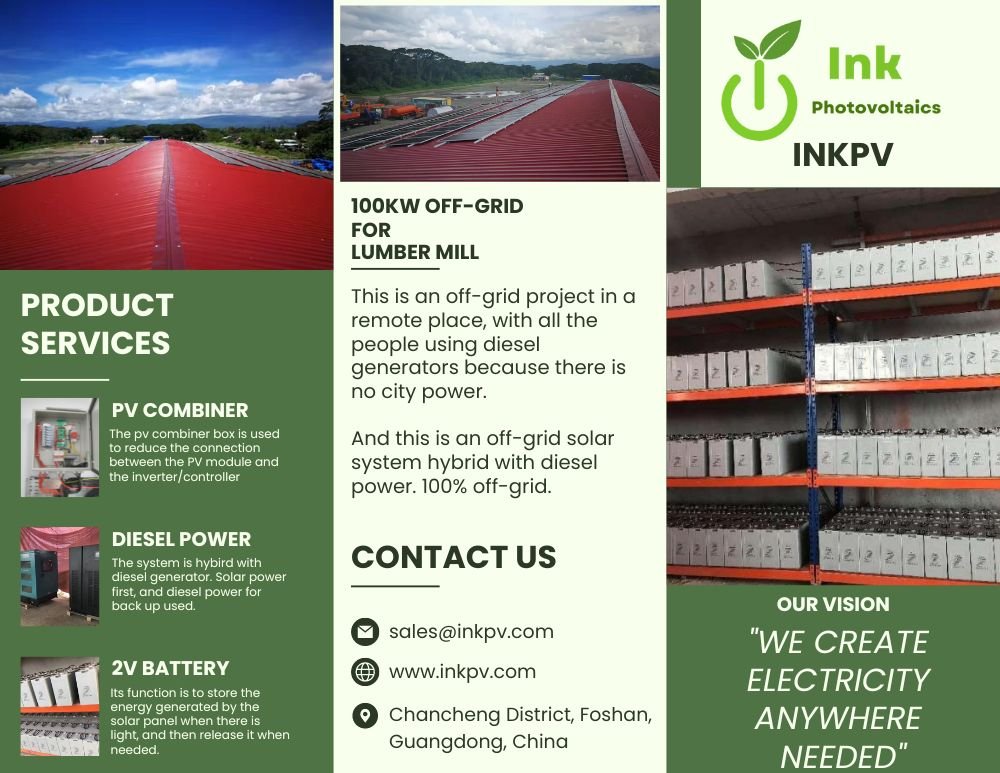What are the different types of thin-film solar technology?
Thin-film solar technology is composed of layers of photovoltaic materials which are 300 to 350 times thinner than standard silicon.
The most common type of thin-film solar cells is Cadmium Telluride (CdTe), which is less expensive than silicon thin-film cells and has a peak efficiency of over 22.1%.
Copper Indium Gallium Selenide (CIGS) thin-film solar cells have reached 21.7% efficiency in the lab, while Gallium Arsenide (GaAs) thin-film solar cells have reached nearly 30% efficiency, although they are expensive and mainly used in spacecraft and satellites.
Lastly, Amorphous Silicon (a-Si) thin-film cells are the oldest and most mature type, and are cheaper to manufacture than crystalline silicon, but have a low average efficiency of less than 10%.
### Cadmium Telluride (CdTe) Thin-Film Panels
Cadmium telluride thin-film solar panels are the most common type of thin-film solar panel, offering lower cost and higher efficiency than silicon thin-film cells. With a peak efficiency of over 22.1%, CdTe thin-film cells have the lowest carbon footprint and the quickest payback time compared to other thin-film panels.
In terms of efficiency, CdTe thin-film panels have a higher average efficiency than copper indium gallium selenide (CIGS) thin-film panels, which have achieved a 21.7% efficiency in the lab.
CdTe thin-film cells are also cheaper to produce than gallium arsenide (GaAs) thin-film panels, which have reached nearly 30% efficiency, but are too expensive for widespread use.
CdTe thin-film panels are also more cost-effective than amorphous silicon thin-film cells, which have a low average efficiency of less than 10%.
In terms of environmental impact, CdTe thin-film panels contain a large amount of toxic cadmium, and require careful handling during production and disposal. Despite this, CdTe panels have a much lower carbon footprint than other thin-film technologies.
In terms of cost, CdTe thin-film panels are the cheapest type of solar panel on the market, making them attractive to those who are just getting started with solar.
Looking to the future, there are ongoing advancements in thin-film technology, and CdTe thin-film panels are expected to be an important part of the solar energy industry.
Copper Indium Gallium Selenide (CIGS) Thin-Film Panels
Discover the innovative and high-efficiency copper indium gallium selenide (CIGS) thin-film panels that have achieved up to 23% efficiency in the lab. CIGS panels are composed of thin layers of photovoltaic materials just like other thin-film panels, but offer significantly higher efficiency compared to amorphous silicon and cadmium telluride panels.
In terms of manufacturing process, these panels are made by placing layers of copper, indium, gallium, and selenide on top of each other. Despite their high efficiency, they're still more expensive to produce than other types of thin-film solar panels.
In terms of environmental impact, CIGS panels are the most efficient thin-film panels and have a much lower carbon footprint than other types. However, they still contain toxic chemicals which can be released into the environment when disposed of. Despite this, market demand for CIGS panels has been increasing due to their cost effectiveness and efficiency. They're becoming increasingly popular for large commercial and industrial rooftops, as well as for flexible installations on RVs or boat canopies.
Amorphous Silicon (a-Si) Thin-Film Panels
Amorphous silicon (a-Si) thin-film panels are a budget-friendly and economical option for turning light into energy, and they're revolutionizing the solar energy industry. Compared to crystalline silicon panels, amorphous silicon panels have a lower efficiency of 7%.
Manufacturing advancements have been made to increase efficiency, but they still offer the lowest cost per panel. When comparing cost, amorphous silicon panels are cheaper than cadmium telluride panels, but due to their low efficiency, a larger area is required to produce the same amount of power.
Environmental impact is also lower with amorphous silicon panels, as they contain no toxic materials like copper indium gallium selenide. The lifespan of amorphous silicon panels is comparable to gallium arsenide panels, with both having an expected lifespan of 10 to 20 years.
Gallium Arsenide (GaAs) Thin-Film Panels
Gallium arsenide (GaAs) thin-film panels are the highest efficiency option available, reaching nearly 30% efficiency in lab tests. These panels are mainly used in spacecraft and satellites, due to their high efficiency and their potential to be used in space applications. Here are the advantages of gallium arsenide thin-film panels:
1. They have the highest efficiency of all thin-film technologies.
2. They are potentially useful in space applications.
3. They are expensive but worth the cost.
Gallium arsenide thin-film panels are more expensive than other thin-film technologies, such as cadmium telluride or copper indium gallium selenide panels. However, the higher efficiency of gallium arsenide makes it worth the cost.
The efficiency comparison of thin-film technologies shows that gallium arsenide panels are more efficient than cadmium telluride and copper indium gallium selenide panels.
The pros and cons of thin-film solar panels must be weighed carefully in order to make an informed decision. Gallium arsenide panels have a high efficiency and are potentially useful in space applications, but they are also expensive. Other thin-film technologies have their own advantages and disadvantages, so it is important to do research before deciding which option is best.


